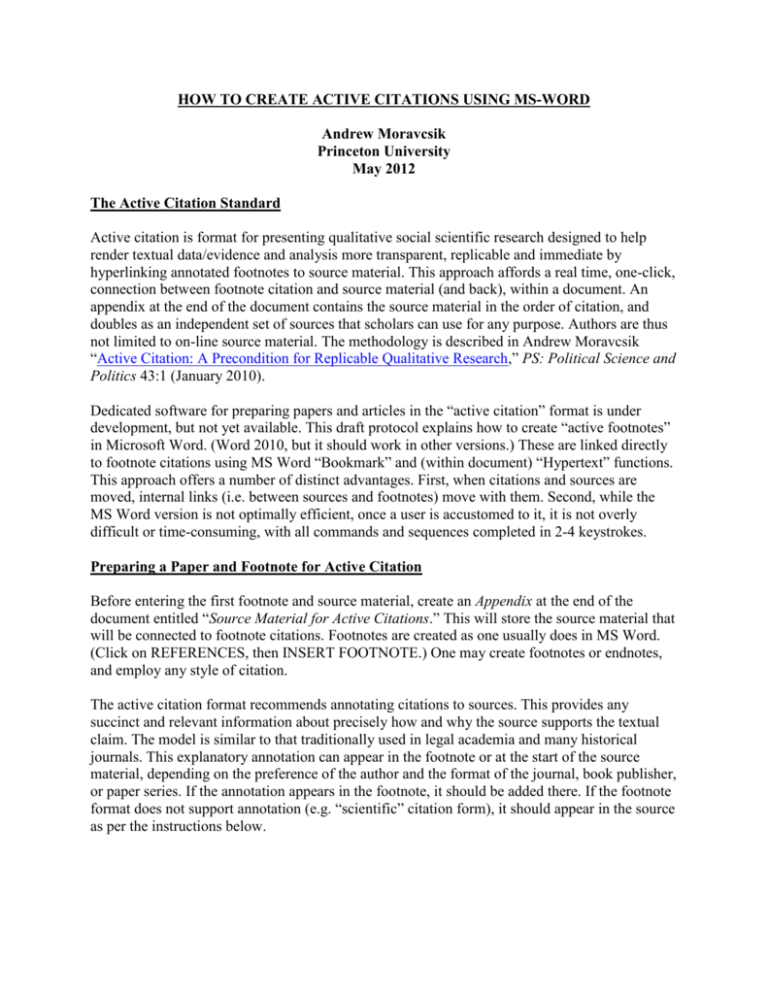

Use regular text or smaller for the notes.Single-space each note, and add a blank line between notes.Use a short line (or rule) to separate footnotes from the main text.Indent the first line of each note half an inch like a paragraph in the main text.For note numbers in the text, use superscript.Each footnote should appear at the bottom of the page that includes its numbered in-text reference.Turabian’s A Manual for Writers of Research Papers, Theses, and Dissertations.
#HOW TO MAKE A FOOTNOTE IN A PAPER HOW TO#
Here’s how to format footnotes for a Chicago-style paper following the guidelines in Kate L. (If your notes are very long or complex, however, endnotes may be the better choice.) This is especially true for discursive notes that include commentary on the text.

In most cases footnotes are easier to read than endnotes. Unless your department specifies, choose footnotes rather than endnotes. Unlike endnotes, which appear at the end of the paper (or sometimes at the end of each chapter), footnotes appear at the foot-the bottom-of the page. It simply allows for the reader to make a judgment call on the quality of the source information but as well they can see out the source and identify further information they are attempting to gather.If you cite your sources in your thesis or dissertation (or class paper) using numbered notes, you will usually have the option of using footnotes. Just because a footnote exists doesn't mean that the research is automatically deemed valid.

It is this kind of reference that a reader can use to assure them of receiving valid data or concepts. I always appreciate research and texts that have footnotes attached. I especially like footnotes when reading a book, because that means the author can give me the sources and extra commentary as I read, while I like endnotes when reading something shorter like an article. Both have their uses, and it's important to know the difference. The problem with this is that many people now don't know the difference between footnotes, which are at the bottom of every page in a document, and endnotes, which are only at the very end of a document. Unfortunately, people use footnotes much less often in high school and college writing than they used to. This site really helped me! I am just learning how to write an essay and it is very helpful! Thank you! This way, you're not creating a distraction in your paper, but still making that information available.Īre we allowed to use footnote citation in grad school? I used to do this all the time in college but I'm not so sure if that's okay at this level. If someone reads something in your paper and would like to know more about it, he can find that information in the footnotes. It can also be used to reference works and authors. One of my favorite professors in grad school used to say that footnotes are meant for information that doesn't fit into the main idea of the paper, but is still worth mentioning somewhere. My personal view is that it's safer to do citations at the ends of sentences and leave footnotes for clarifications. Some instructors tolerate footnote citations and others don't. I wish there was a clear-cut rule about footnote formats but there isn't. So it's a lot easier to use in my opinion.įrom my experience, it depends on the instructor. But footnotes give the source exactly where that information is shared in the paper. I know that this information is also provided in the sources list. Someone who has researched a topic has more knowledge about books and articles written on that topic.

I just enjoy being able to read more on a topic I'm interested in. When using a footnote, do you still put the quotation you're using in the text and use the footnote to give details of the book you used?įebruary 19, I don't think footnotes make a piece of writing more valid.


 0 kommentar(er)
0 kommentar(er)
